Newly released documents detail the Tennessee Valley Authority’s relationship with the now-defunct Utility Air Regulatory Group (UARG). Hundreds of emails, calendar invitations, budget documents, and Hunton Andrews Kurth billing details were provided to the Energy and Policy Institute as a result of a 2019 Freedom of Information Act (FOIA) regarding TVA’s relationship with UARG. TVA is a corporate agency of the United States. It receives all of its revenues from the sale of electricity to 10 million people across Tennessee and parts of Alabama, Georgia, Kentucky, Mississippi, North Carolina and Virginia.
UARG was a coalition that represented utilities and had been a party in over 200 lawsuits since 2001, according to federal court records, including challenges to EPA Clean Air Act regulations. In response to part of EPI’s records request, TVA claimed records could be withheld because they were confidential commercial information. However, EPI challenged TVA’s partial denial of its records request, and the parties reached an agreement earlier this year. EPI has now published the records in full to shed light on the inner workings of UARG and TVA’s role within the entity.
Congressional investigation into UARG
Budget documents from the year 2017 obtained and published by Politico in February 2019 revealed 26 utilities and five industry trade groups as members of UARG. The members collectively agreed to pay the law firm Hunton Andrew Kurth a total of $8.2 million in 2017 alone. TVA’s dues were $462,967. TVA later disclosed that it had been a member of UARG since 1987 and contributed $7.3 million to the industry lobbying group since August 2001. All of TVA’s customers have paid for UARG membership fees since TVA does not have shareholders.
At the time, Bill Wehrum, who was a former partner at the Hunton firm, was EPA’s Assistant Administrator for the Office of Air and Radiation and in charge of regulations dealing with carbon dioxide, smog, and mercury pollution – all issues UARG lobbied and litigated on behalf of its utility members. The New York Times previously explained how Wehrum was delivering for his former clients.
The U.S. House of Representatives Energy and Commerce Chairman Frank Pallone, Jr., Environment and Climate Change Subcommittee Chair Paul Tonko, and Oversight and Investigations Subcommittee Chair Diana DeGette sent a series of letters to eight utility companies and Hunton Andrews Kurth requesting information and documents related to their relationship UARG. The Congressional investigation also requested that the utilities state whether their UARG annual contributions come from customers or shareholders.
FOIA documents details TVA’s membership in UARG
Many utilities attempted to defend their membership while the members of Congress conducted their investigation.
TVA said that it was part of UARG so that it could get help in understanding and complying with “highly technical and complex with highly technical and complex regulations developed under the CAA.” TVA also said it “does not participate in or fund any UARG litigation of lobbying.” E&E News obtained a copy of TVA’s UARG membership agreement and reported that the contract acknowledged that “the information and analyses” exchanged among group members and their lawyers “are developed in anticipation of litigation.”
Emails and calendar invitations provided to EPI earlier this year further presents how TVA participated in a variety of meetings on an annual basis that were convened by the Hunton attorneys to discuss issues such as the budget or carbon dioxide regulations.
Because TVA’s contributions do not appear to be isolated from other utility contributions, it seems that the hundreds of thousands of dollars that TVA took from its customers and sent to UARG were simply lumped together with the rest of the utility contributions and then allocated to the various committees within the litigious entity. In 2019, the Center for Biological Diversity, Energy Alabama, and Appalachian Voices called for the TVA Office of Inspector General to open an investigation into TVA’s use of ratepayer dollars for UARG, USWAG, and the Utility Water Act Group (UWAG). The groups claimed TVA violated a Board of Directors policy that allowed TVA to participate in organizations, but that the organizations cannot “lobby on behalf of TVA or represent TVA in litigation without specific authorization to do so.”
Documents further describe that TVA’s Don Houston, a senior program manager for environmental and energy policy, as co-chair of UARG’s Nonattainment Committee, approved the billing hours and invoices from Hunton’s lawyers. The 2017 UARG budgets documents revealed by Politico proved that UARG spent nearly all of its membership dues that year on legal fees and not technical expenses. The budget documents provided to EPI with regards to the Nonattainment Committee show the same scheme for 2015 through the first half of 2018.
| Nonattainment Committee legal fees and expenses | Nonattainment Committee technical fees |
|---|---|
| 2015: $850,510.67 | 2015: $10,400 |
| 2016: $864,855.81 | 2016: $37,312 |
| 2017: $976,502.80 | 2017: $735 |
| 2018 (Jan.-July): $797,551.53 | 2018 (Jan.-July): $0 |
According to the materials published by Politico, the Nonattainment Committee is responsible for overseeing the industry’s participation in litigation concerning EPA’s Cross-State Air Pollution Rule (CSAPR) Update with respect to National Ambient Air Quality Standards for ozone (NAAQS). This EPA regulation specifically targets nitrogen oxides (NOX) from power plants since NOX emissions react in the atmosphere to create ozone pollution, especially during the warm summer months. Ozone pollution causes asthma attacks and other respiratory problems, and is linked to premature deaths. The emissions also cross state lines and harm downwind states’ and communities’ abilities to comply with ozone NAAQs.
EPA began to implement emission limits in 2015, and then updated and published Federal Implementation Plans for states that have not incorporated CSAPR into their State Implementation Plans in 2016. Lawsuits were filed to challenge EPA’s update, and Hunton’s Norman W. Fichthorn helped argue the case on behalf of the industry but then withdrew from the case in July 2019 when UARG dissolved. Fichthorn billed over 2,500 hours to the Nonattainment Committee between 2015 and July 2018.
Additionally, in 2015, the EPA strengthened the NAAQS for ground-level ozone. State governments and fossil fuel companies filed suits to block the new NAAQS, including UARG, which was represented by Hunton’s Lucinda Minton Langworthy and Aaron M. Flynn.
TVA’s Houston was also responsible for participating in meetings of the UARG Policy and Planning Committee, which focused on UARG’s budget and dues, the recruitment of new members, coordination with other industry groups, and organizing meetings and other informal communications with EPA decision-makers. One meeting, which occurred a month after the 2016 presidential election, included time for the UARG members to discuss what they want the Trump administration to address and UARG’s role in “effecting desired changes.”
Some UARG Policy Committee meetings also included extracurricular activities, including a Potomac River dinner cruise, “guided moonlight tour” of the D.C. monuments, and an escape room adventure – hours after privately meeting with Mandy Gunasekera, who was a senior advisor to EPA Administrator Scott Pruitt and then a deputy to former Hunton attorney Bill Wehrum.
In one of the emails provided to EPI, Houston asked for clearance to attend the monument tour and said the “main purpose of the outing is networking with the UARG attorneys and UARG members..”
As a co-chair in UARG, TVA’s Houston was allowed to participate in other committee calls, including conversations on climate change regulations, including a call on November 16, 2016 to discuss the new Trump administration and the Clean Power Plan.
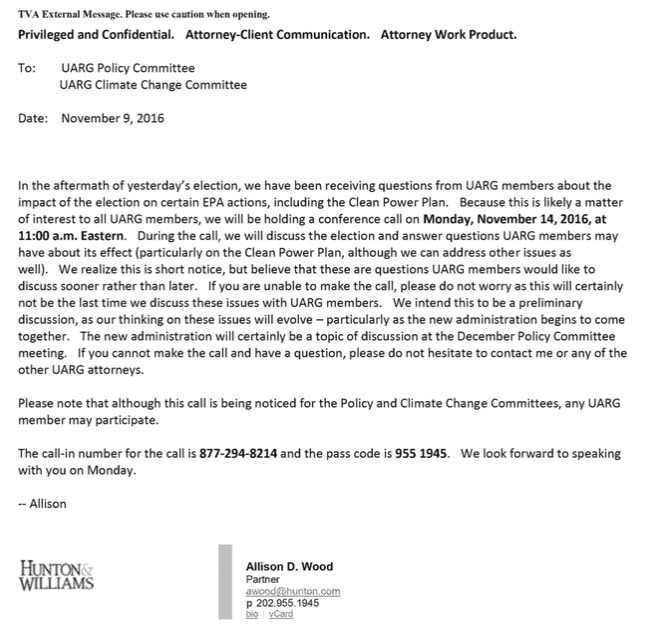
Other meeting invitations from Hunton attorney Allison Wood identified that participants were set to discuss next steps after meeting with EPA officials and “the progress being made with regard to how a replacement rule for the Clean Power Plan might best work.”
Several of the documents also highlight TVA’s participation within the Utility Solid Waste Activities Group (USWAG). USWAG attorneys have targeted the coal ash rule that the Obama Administration proposed in 2010 after the TVA spill.
The emails detail that the Edison Electric Institute, which has issued invoices to utilities for UARG and USWAG dues, asked TVA to host all the USWAG members in October 2018 for a policy committee meeting. TVA spent time and resources organizing this private industry conference and email exchanges between staff mention the discussion of including an optional field trip to the Kingston coal plant which, ironically, is the source of the largest industrial spill in the United States. At least 40 cleanup workers have died and more than 400 reported sick as a result of the 2008 spill and the inadequate protection provided by the contractor hired by TVA.
A link for all of the documents provided to EPI can be found here.


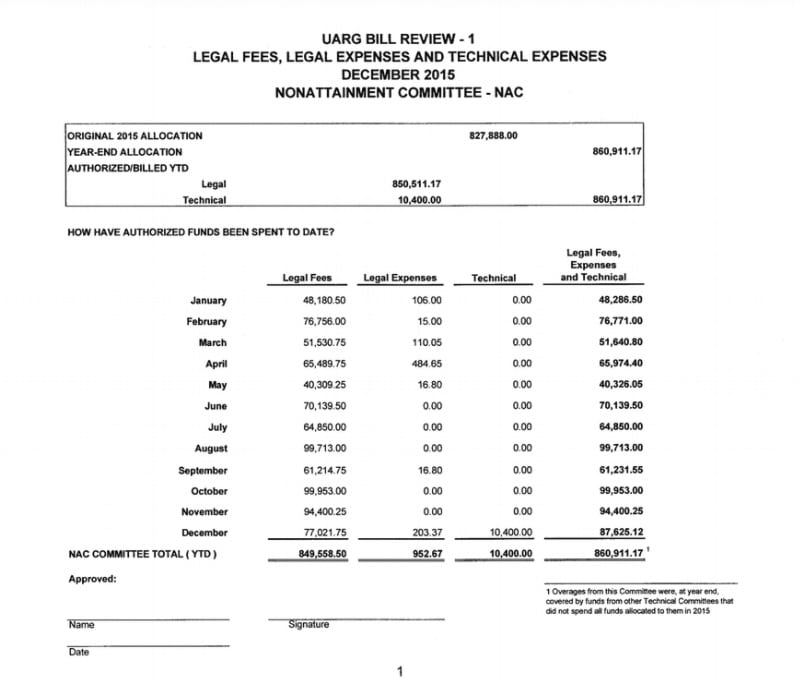
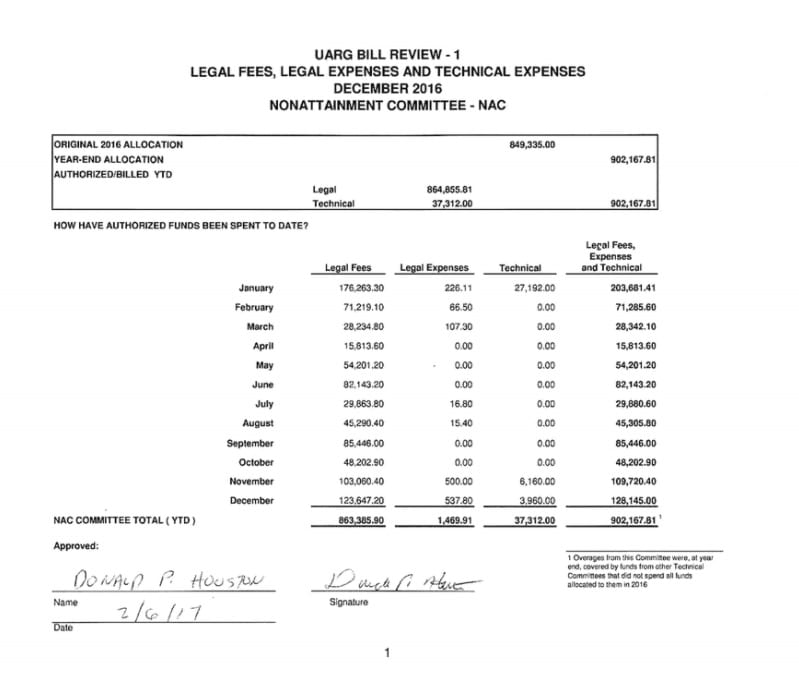
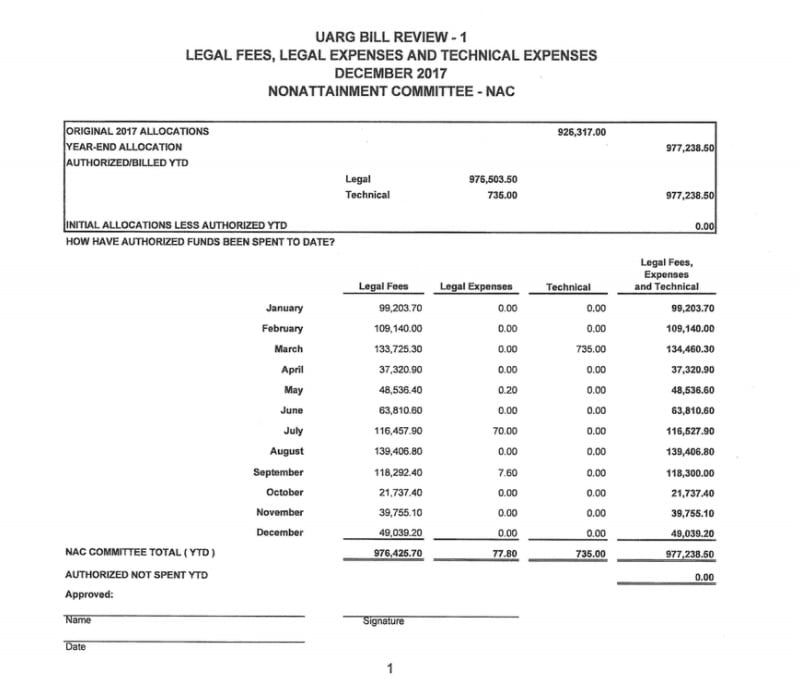
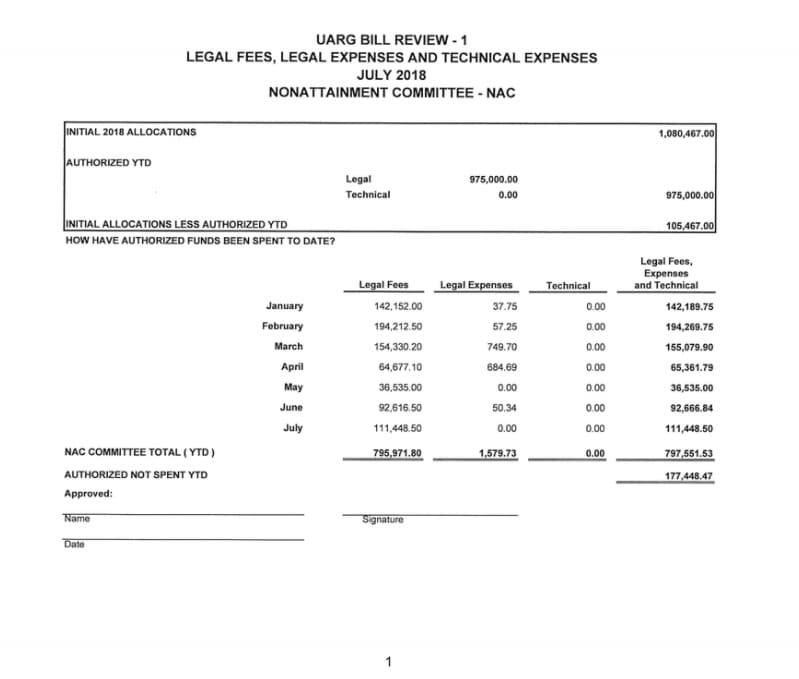
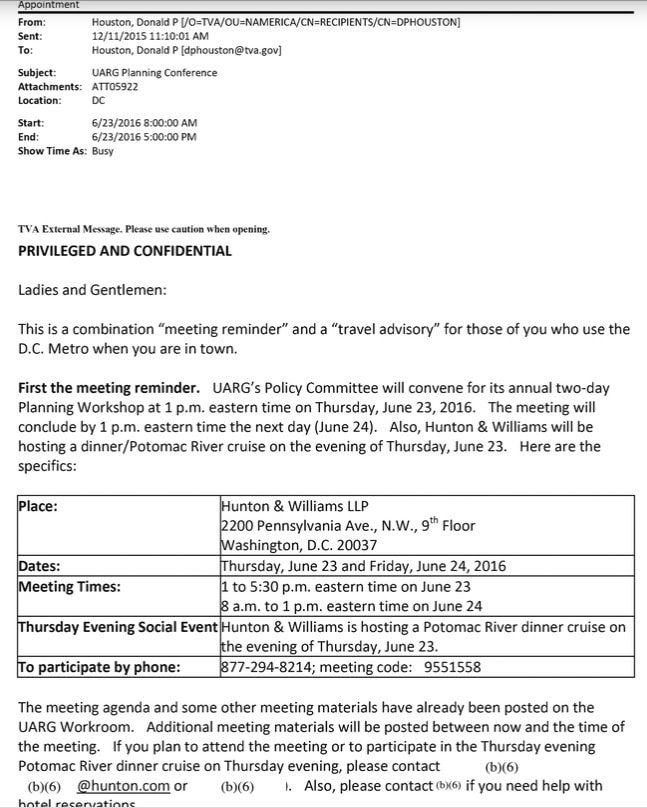
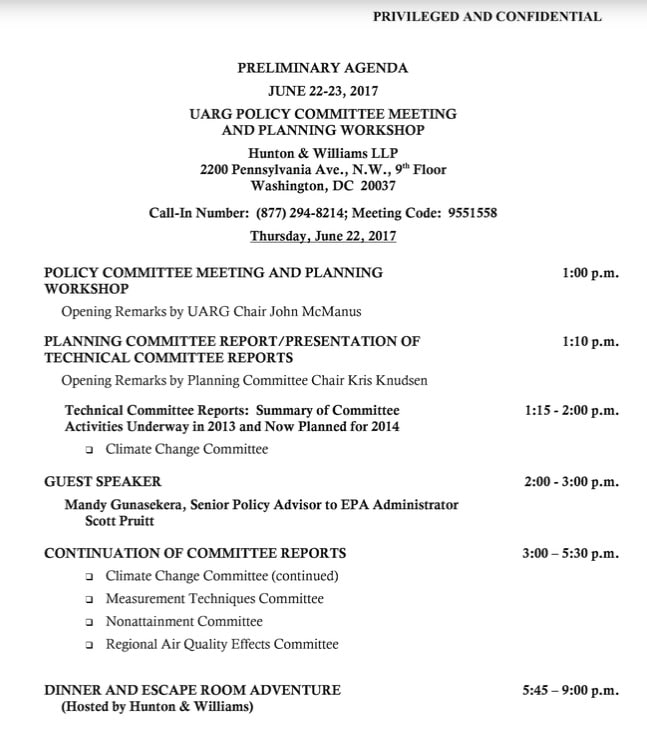
[…] NextFOIA Documents Reveal Tennessee Valley Authority’s Role in the Utility Air Regulatory […]
[…] to the now-disbanded Utility Air Regulatory Group, a coalition that was concerned in over 200 lawsuits that primarily fought Clear Air Act […]
[…] obtained recently through a Freedom of Information Act Request show that between 2015 and 2018, TVA staff spent more […]